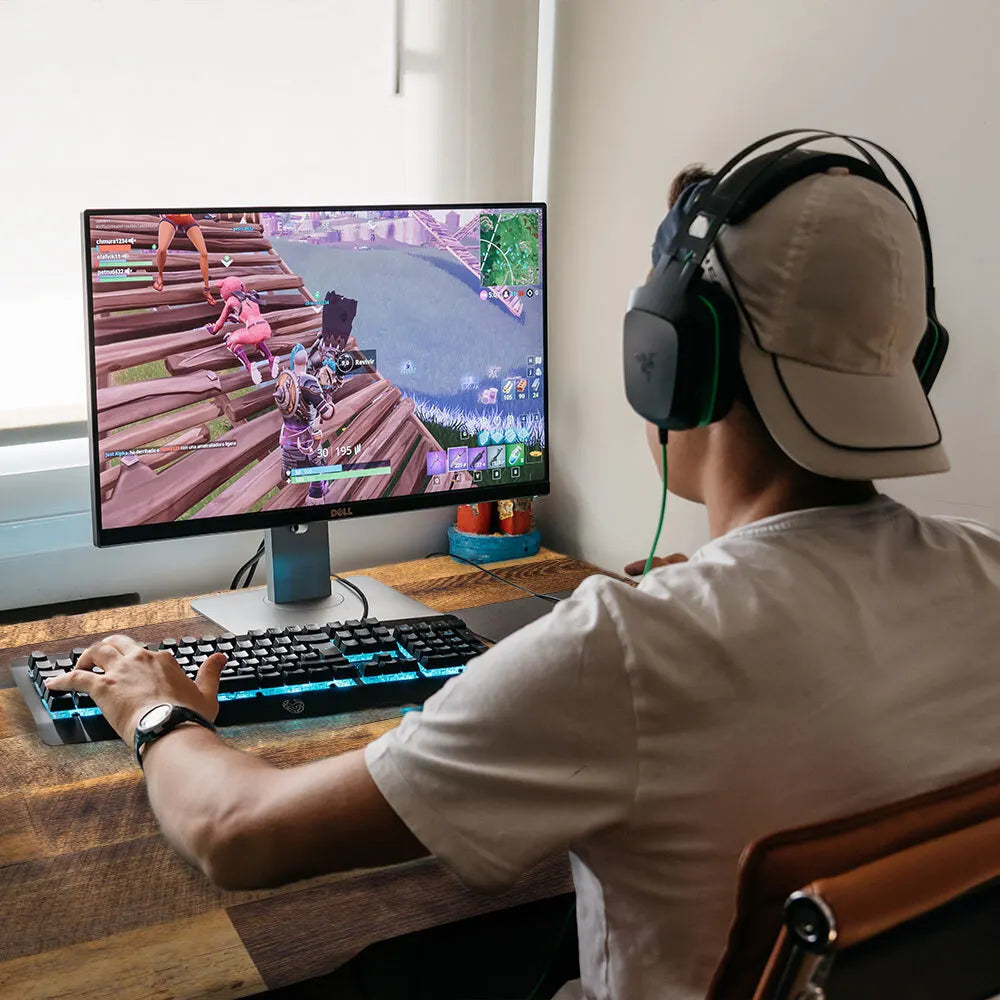Causes Of Back Pain
By Pippa Bowden
Our aim for this article is to help you to get a better understanding of your body and why you may be experiencing pain or discomfort at work.
Our bodies are not designed to sit for long periods of time and therefore our muscles get tired. The first muscles that start fatiguing are our core stability muscles; the ones that help hold/stabilise our spine in the neutral position. As a result, we end up slouching and start to compensate by using other muscles. These muscles become overloaded and painful. This is exacerbated if we are sitting at awkward angles as certain muscles are either overstretched or shortened, causing them to become weaker/less flexible, and predisposing them to injury.
The constant tension in these overloaded muscles is known as muscle spasm. With muscle spasm, the muscles remain in a sustained contraction, and blood flow to the tissues is compromised. This means there is a decrease in oxygen and nutrients and a build-up of waste products. This leads to the development of the painful ‘knots’ in your muscles. These are muscular trigger points which can cause local or referred pain. Referred pain is pain experienced away from the source of pain.
The bodies’ natural response to pain is to tighten around the injured area so as to provide a protective splint. This results in the pain-muscle spasm cycle below:
• Fatigue
• Muscle Contraction & Spasm
• Decreased Blood Flow & Increased Wastes
• Pain
As you can see a vicious cycle develops. Muscle spasm makes one more prone to injury as the muscle becomes less flexible.
Repetitive movements such as typing can cause the build-up of small trauma and break-down eventually occurs. This is exacerbated if these small movements are performed at awkward angles with no breaks. These disorders are known as Cumulative Trauma Disorders (CTD’s) or Repetitive Strain Injuries (RSI’s). They develop gradually and can affect muscles, tendons, joints and nerves anywhere in the body. To avoid CTD’s, your body needs time to recover. Insufficient recovery time deprives the muscles of oxygen and allows waste products to build up over time. This leads to fatigue in the early stages and possible injury later.
Constant input into the body with repetitive movements and no relief can result in Cumulative Trauma Disorders
Practising good ergonomics can prevent and ease these problems:
• Sit in the correct posture.
• Make sure your workstation is as ergonomically sound as possible.
• Be aware of optimal ways to use your desktop equipment.
• Make sure you take adequate work breaks.
Empowered with this new knowledge, you have the ability to affect positive change!
Our range of ergonomic office chairs are all designed by our founder, entrepreneurial physiotherapist Gary Arenson, and offer exceptional back support and comfort during long periods of seated work. All our chairs come with an industry-leading 30-Day Comfort Guarantee so if they don’t improve your work life, we’ll give you your money back.
Be the first to know about new collections and exclusive offers.




